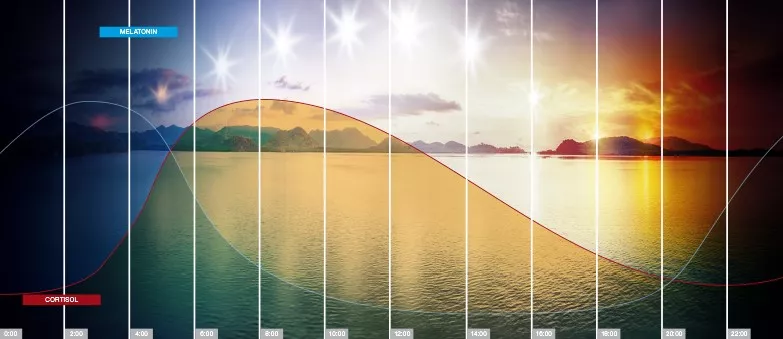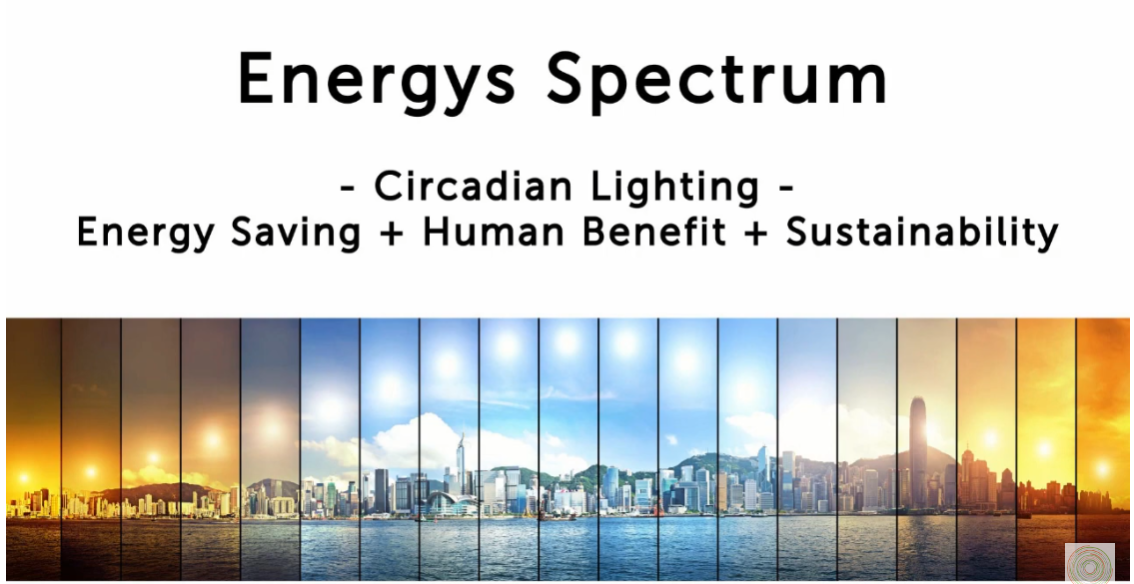Total LED Circadian Rhythm On Bluetooth Mesh

Total LED Circadian Rhythm On Bluetooth Mesh
The human circadian rhythm is driven by the color temperature and intensity of sunlight throughout the day. Circadian lighting mimics such changes, which can help users realign their circadian rhythm to the clock, or increase focus during an otherwise energy dip at a specific time window.
LED Circadian aims to implement circadian lighting on HKUST campus to improve the wellbeing of campus users, conduct research on the relationship between human behavior and lighting, and reduce energy consumption by upgrading existing lighting systems.
What is the problem this project is trying to address?
Modern lighting has disrupted the circadian rhythm of many, causing long-term stress and insomnia. By implementing circadian lighting on campus, this project hopes to help campus users adjust their inner clock to a healthy rhythm of productivity, physical hunger and rest.
Besides relocking users’ circadian rhythm, lighting also plays a role in enhancing user experience during certain activities. Brighter or cooler tones boost focus and alertness, which can be used in classrooms, lecture halls and offices during the day. On the other hand, warmer tones, which promote relaxation, are ideal for places of leisure, residential halls and guest rooms. Thus, the subtle yet impactful change in light temperature and intensity can help users enjoy different spaces more.
How does this project support our sustainable smart campus as a living lab vision?
This project uses LEDs instead of other types of lighting since it is effective in cutting energy consumption by as much as 95%. There are still many places which use traditional lighting on campus. Along with the implementation of circadian lighting by reducing light intensity during certain time windows, carbon emission can be drastically reduced.
This project allows users to control the lighting system with a mobile application, which connects to occupancy and daylight sensors and LEDs via Bluetooth. Users can specify lighting and schedule parameters according to their needs in the app, and the color temperature and brightness of the lighting system will be automatically calculated and adjusted accordingly.


